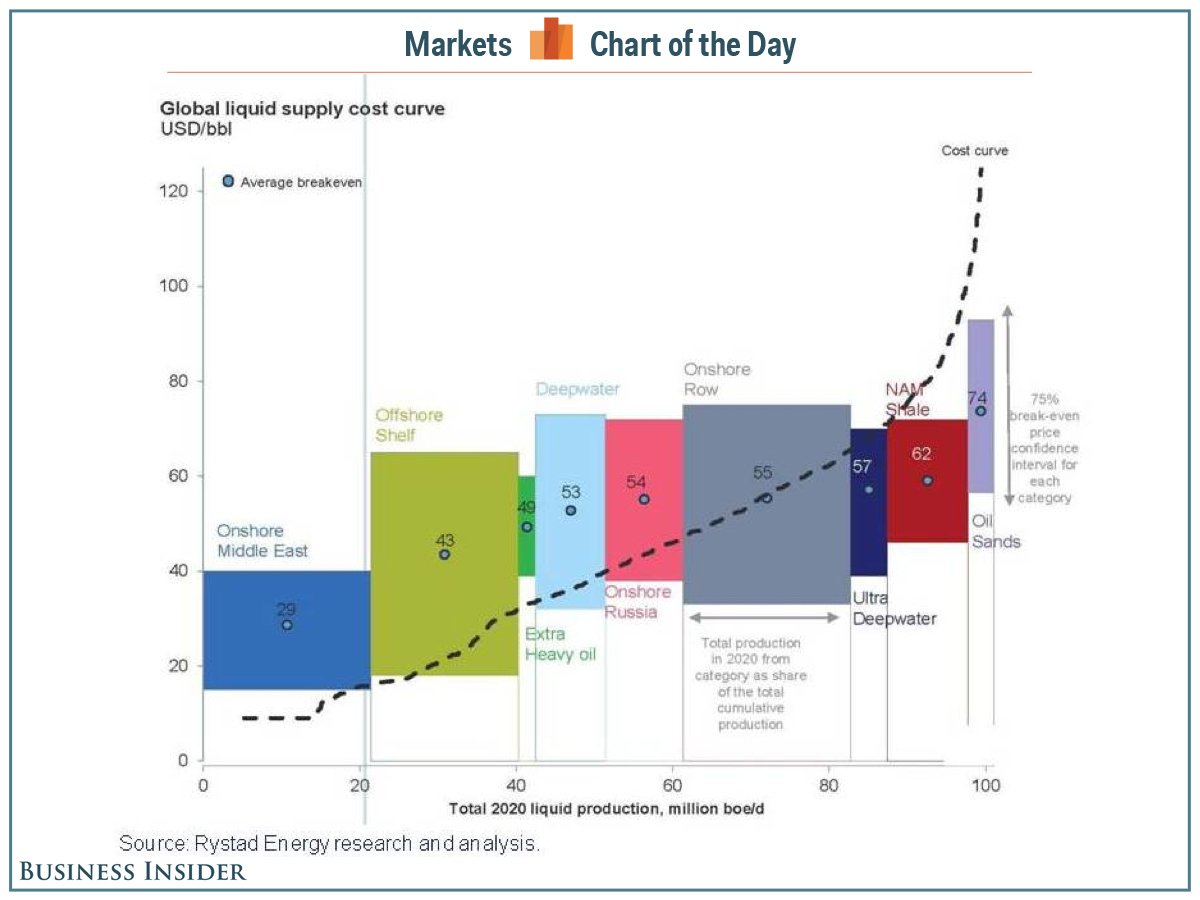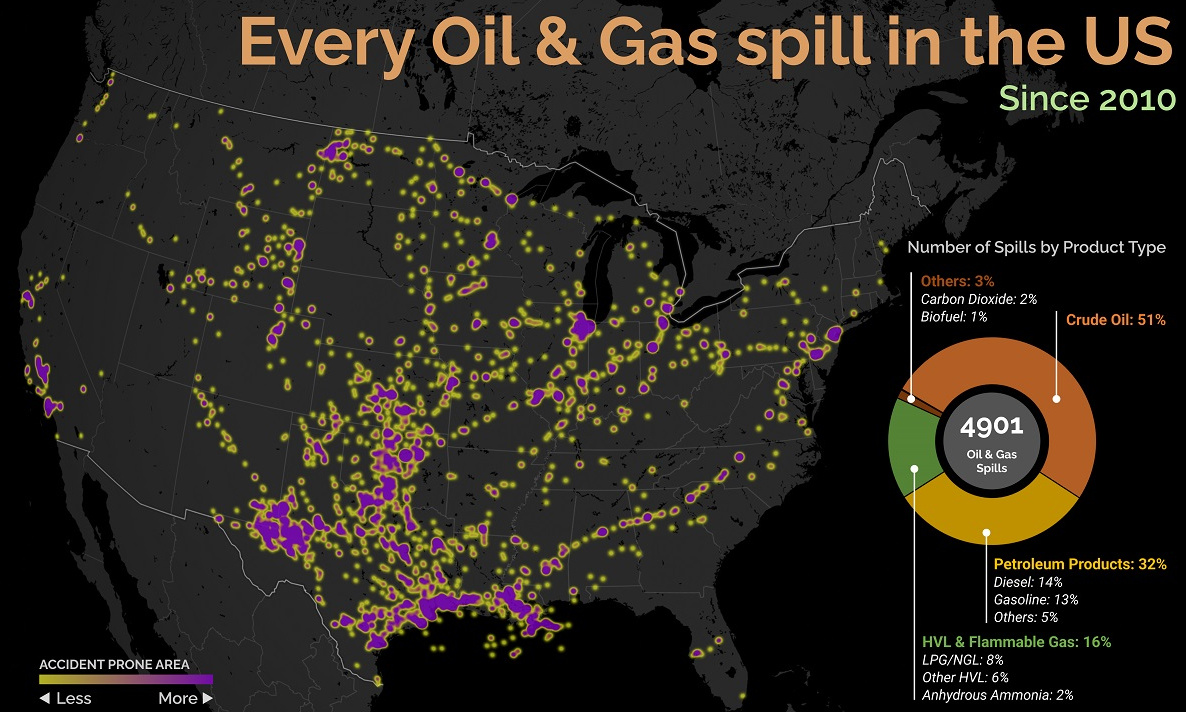Video: The Story Behind Oil’s Plunge
In the financial markets, everything makes sense in hindsight. While the narrative had continued since the 2008 Financial Crisis that energy prices were rising and there was nothing to slow them down, it only took a small crack in the armour to send oil tumbling down by about 50% since the 2014 summer peak. This infographic video from CNN Money helps put the sudden and inevitable oil plunge in perspective. In short, it is a combination of slowing demand (stemming from China’s growth slowdown, the EU’s stagnation, and America shaking off its addiction to oil) and oversupply caused by new shale technology and OPEC keeping production constant. Lower oil prices create some relief for consumers at the pump, but also create their own array of problems. Losses of jobs, especially around more expensive shale and oil sand production, will partly counterbalance the gains from the additional $60 billion in consumer discretionary income in 2015. Energy companies also struggle at such prices.
Another big risk is geopolitical. Many political analysts have suggested that crashing oil prices put Putin between a rock and a hard place. Crushed oil prices give Putin a crude problem to deal with, as the Russian budget breakeven point is around $102/bbl. The ruble has already felt the pain, and Putin must now either allow the Russian economy to slowly crumble, or double up on his aggressive bets from a foreign policy perspective to continue to win the hearts of Russian sentiment. Original Graphics by: CNN Money and BI
on Aside from the obvious climate impact they bring, one other downside in particular is spills, which can lead to ecological and economic damage. These can happen due to pipeline leaks, train derailments, or other industrial disasters. This graphic from Preyash Shah provides a visual overview of every oil and gas spill in the contiguous U.S. since 2010. Data is tracked by the U.S. government’s Pipeline and Hazardous Materials Safety Administration (PHMSA).
U.S. Oil and Gas Spills (2010‒2022)
The majority of spills that have occurred come mostly from crude oil, followed by petroleum products and gas. Note that this data covers the quantity of spills and not damages or volume.
Crude oil, which makes up just over half of documented spills, is also one of the most costly. Contaminations can persist for years after a spill, and its impact on local mammals and waterfowl is particularly harsh. This has been the case with the Deepwater Horizon spill (also known as the “BP oil spill”), which experts say is still causing harm in the Gulf of Mexico. Other products with lots of spills include petroleum products such as diesel or gasoline, as well as liquefied natural gas or other volatile liquids. Interestingly, liquefied carbon dioxide can also be transported in pipelines, commonly used for carbon capture storage, but requires high pressure to maintain its state. When looking at the location of spills, it’s clear that the South Central states have experienced the highest number of disasters. In contrast, the West Coast has had substantially less activity. However, this makes much more sense when looking at the dominant oil producing states, where Texas and surrounding neighbors reign supreme. Of the 4,901 spills during this period, Texas accounts for 1,936 or roughly 40% of all oil and gas spills. This is followed by Oklahoma, which has had 407 spills and is one of the largest net exporters of oil and gas in the country.
What Causes Spills?
Oil and gas spills actually have a surprisingly long history, with one of the earliest dating back to 1889, when a spill was reported on the coast between Los Angeles and San Diego. Causes have consisted primarily of weather, natural disasters, equipment and technological malfunction, as well as human error. However, they only became a widespread problem around the halfway mark of the 20th century, when petroleum extraction and production really began to take off. This era also saw the emergence of supertankers, which can transport half a million tons of oil but therefore make the risk of spills even costlier. In fact, the biggest spill off U.S. waters after the Deepwater Horizon disaster is the 1989 Exxon Valdez spill in Alaska, when a tanker crashed into a reef and 11 million gallons of oil spilled into the Pacific Ocean.














